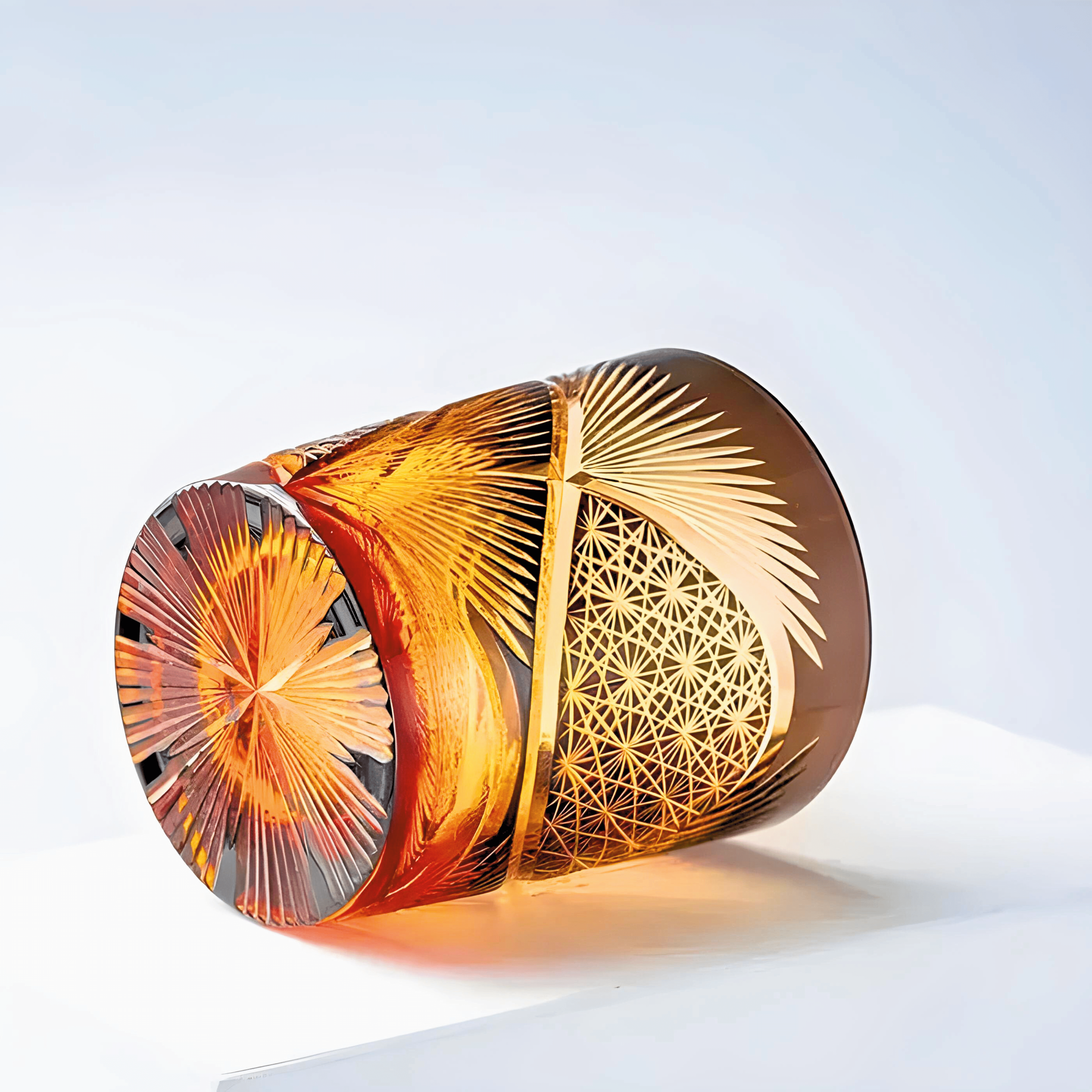Remarks
In a world where mass-produced goods have become a standard thing, there is something inherently unique and appealing about handmade crafts.
Handmade mugs are a favorite among people who like the artistry and the dedication that goes into creating these functional pieces of art.
But to identify a handmade mug among the many factory-produced items in the market is a task.
In this article, we will explore the subtle yet revealing attributes that distinguish a handmade mug from other mugs.
Table of Contents
The Craftsmanship Behind Handmade Mugs
More than just a drink carrier, a handmade mug is an expression of an artisan's expertise, devotion, and artistry. The forms of these mugs, unlike those from machine presses, have been shaped, glazed, and fired with precision and care, one by one, by master craftsmen.
Imperfections That Tell a Story
The uniqueness of a handmade mug is in the little imperfections. Instead of perfection, a handmade mug reflects slight irregularities that denote its individuality. These may be subtle variations in shape, texture, or glaze. Inspect for slight asymmetry in the handle, in the thickness, or even fingerprints left behind by the artist.
Texture and Surface Variation
Run your fingers over the surface of the mug. Handmade mugs tend to have a tactile quality that machine-made mugs lack. You might notice slight variations in the glaze, a gentle roughness, or even a faint texture that tells the story of the artist's hands shaping the clay. This textural richness is a hallmark of handmade pottery.
The Signature of the Artist
Many potters take pride in signing their creations discreetly. While some artists incorporate their signatures into the design, others may use a stamp or a small inscription on the bottom of the mug. Locating such signatures not only confirms the handmade origin but also connects you to the individual behind the artistry.
Hand-Crafted Handles
Handles on handmade mugs are often distinctively shaped and more ergonomically designed compared to their mass-produced counterparts. Pay close attention to the attachment of the handle to the mug; handmade mugs typically display a more organic and integrated connection.
Unique Glazing Patterns
The glazing on a handmade mug is another clue to its artisanal origin. Hand-glazed mugs often exhibit variations in color and texture that are hard to replicate in large-scale manufacturing. You might find drips, pooling, or speckling of glaze that adds character and depth to the piece.
Limited Production
Many artisans create their pieces in limited quantities. If you find a mug that appears to be one of only a few in existence, it is likely handmade. Mass-produced mugs, on the other hand, are typically available in large quantities and identical designs.
Frequently Asked Questions
How can you tell if a mug is handmade?
Handmade mugs typically feature unique characteristics such as slight variations in shape, size, and color, which reflect the artisanal crafting process. Unlike mass-produced mugs, they may have visible hand-formed edges or textures, and sometimes even tool marks or artist signatures. These imperfections add to their charm and authenticity.
What are handmade mugs usually made of?
Handmade mugs are commonly crafted from high-quality materials like stoneware, ceramic, or porcelain. These materials are shaped, fired, and often glazed to achieve durability and aesthetic appeal. For instance, Macchiaco's handmade mugs use stoneware for sturdiness and are available in various rustic hues, emphasizing both functionality and design.
Are handmade mugs safe for hot and cold beverages?
Yes, handmade mugs, such as those made from stoneware or ceramic, are designed to withstand hot and cold beverages. Many are treated with food-safe glazes to ensure they do not absorb or leach chemicals, making them safe for everyday use with drinks like coffee, tea, or even chilled beverages.









